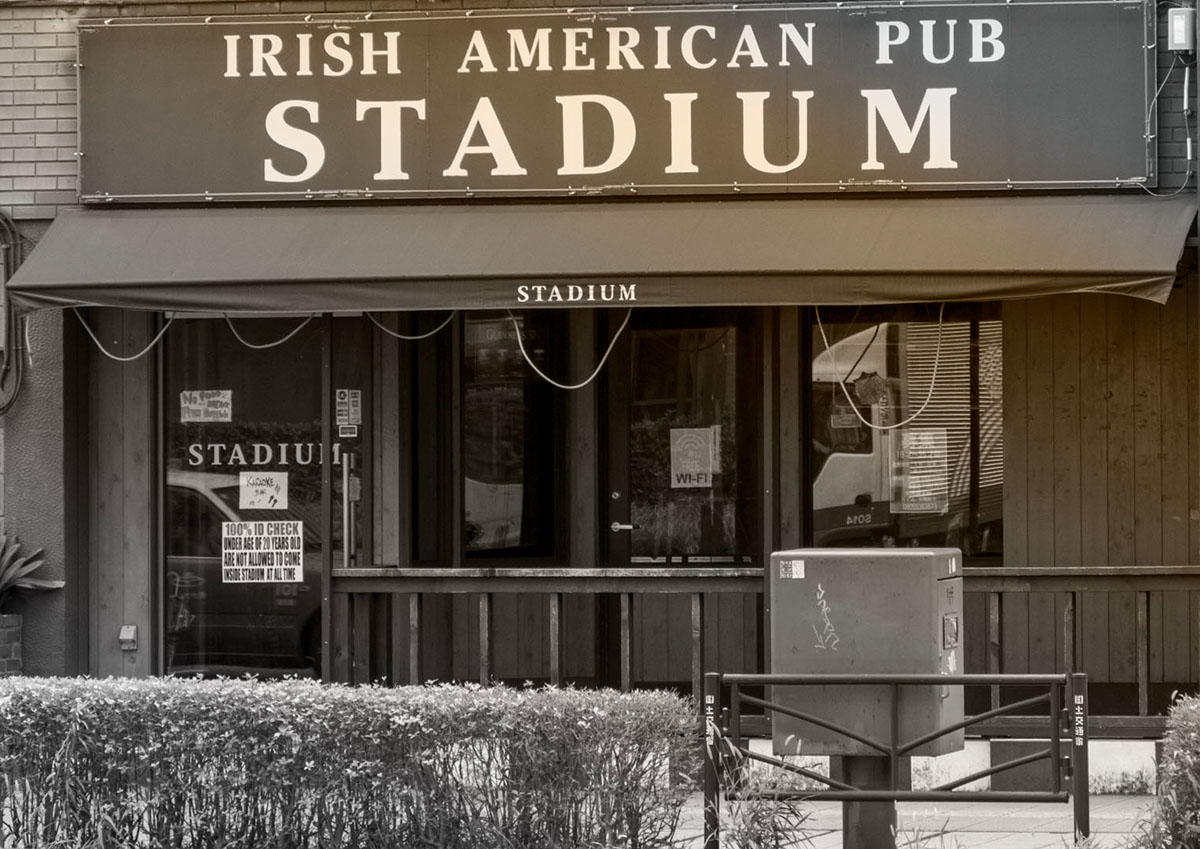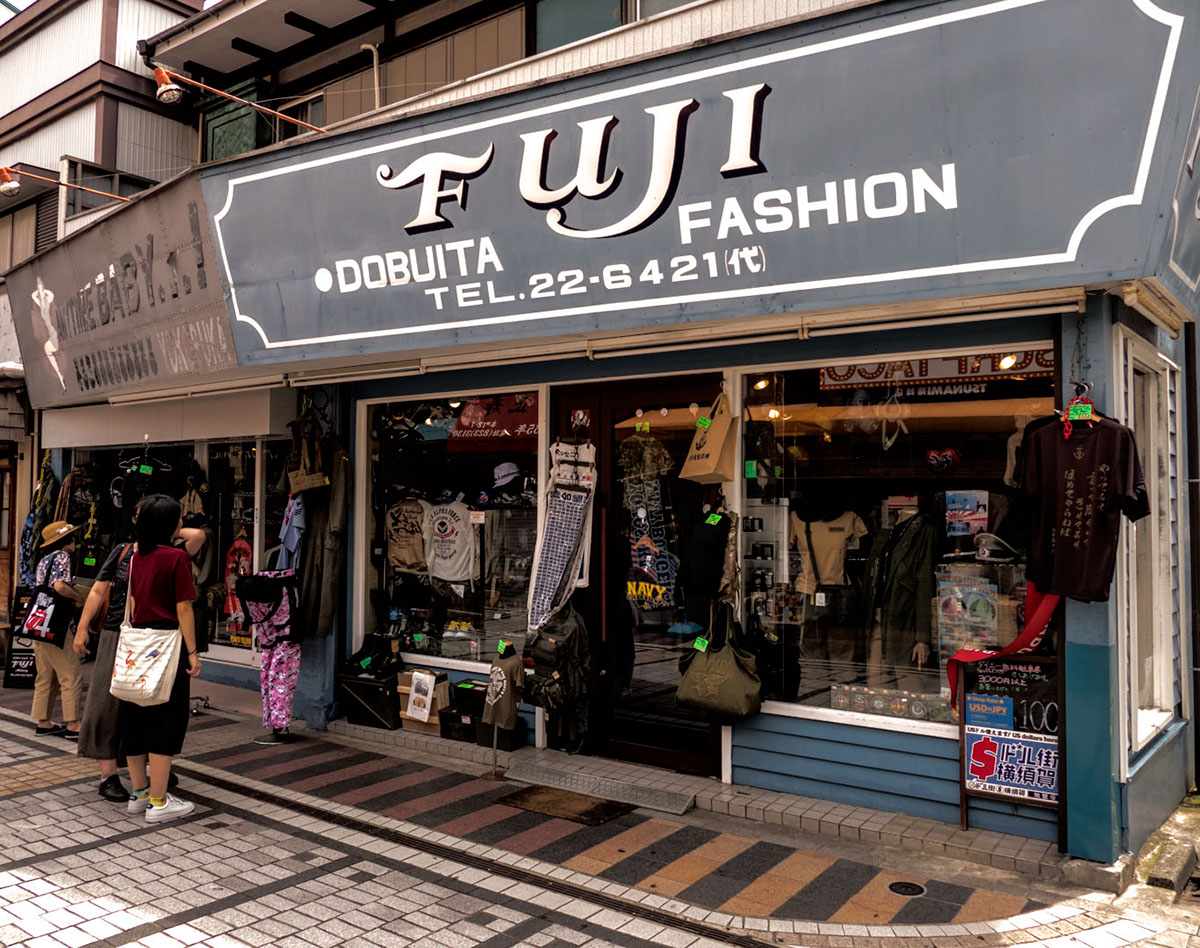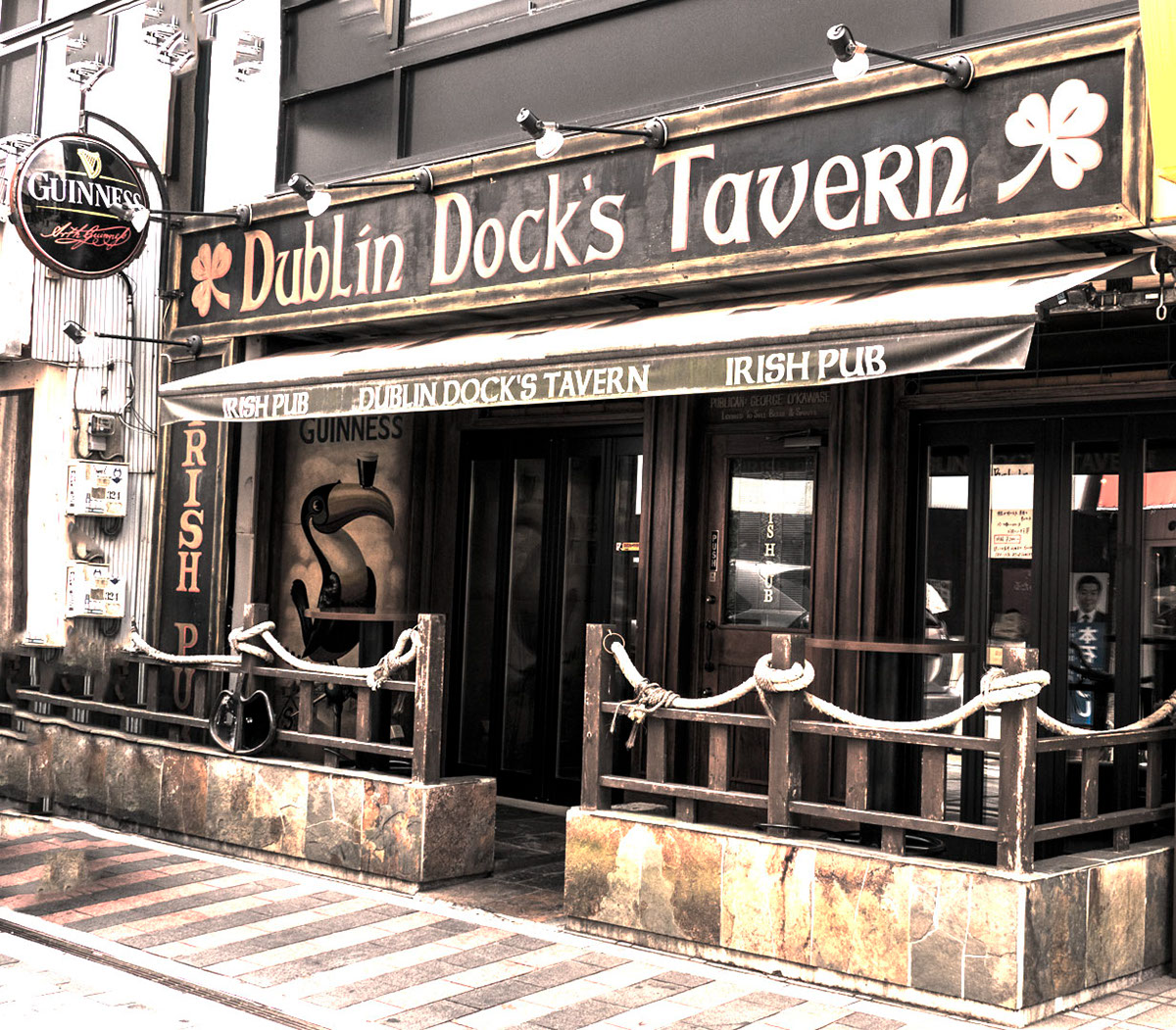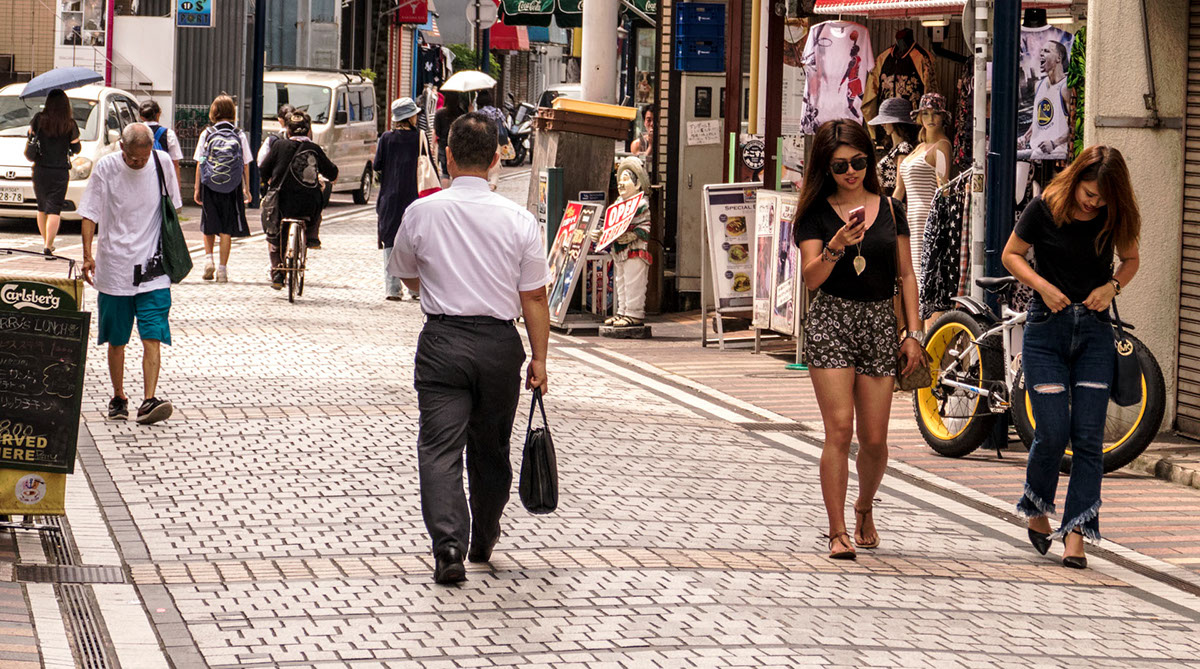







I made a trip to Yokosuka, a city I remembered as a sailor in the US Navy in 1965. At that time major anti-Vietnam demonstrations took place with regular frequency near the gates to the U.S. Naval Base. I once had to hide under a blanket in the back seat of my Japanese friend's car. He did not want to the demonstrators to take out their outspokenness on his car.
I was surprised by the changes that have taken place in the fifty intervening years between visits. When I stepped out of the Keikyu Yokosuka Chuo Station, I was surprised to see statues of jazz musicians along the walkway. I should not have been, however. Japan's embrace of jazz dates back to the Meiji Period. One of my favorite jazz musicians is Watanabe Sadao. http://www.npr.org/sections/ablogsupreme/2014/04/30/308275726/how-japan-came-to-love-jaz
The city had changed dramatically from the days when bars lined both sides of the street leading out of the main gate. Still, the presence of the base is evident in the businesses and restaurants.





Dobuita Street, known by GIs as Pig Alley, has a checkered history. When I first visited the street fifty years ago, I saw the seedy side of Japanese life. Bars lined both sides, hustlers stood outside drumming up business, women inside bars enticing young sailors into buying them drinks with the hint of a tumble in bed after hours, and Shore Patrol breaking up fights outside and inside bars. The 1961 film Buta to Gunkan (Hogs and Warships) directed by Imamura Shohei captured the atmosphere of the street of that period of Yokosuka's history.
Today, Dobuita Street has been transformed into a historical shopping area. The U.S Naval Base influence still exists in the shops selling recycled uniforms and in the drinking establishments catering to military clientele. Instead of seedy bars, thirsty customers have choices of Irish Pubs and Clubs. Some drinking establishments have a 'family atmosphere'.










Ah, a shop that sells the Sukajan jacket. The jacket had its origin in Yokosuka in the late 1940s. Fifty years ago I saw a lot of service members wearing them. Today, you can see them featured in fashion magazines.



Toward the end of Douita Street, I encountered Yokosuka's answer to MacDonald's. The shop served hamburgers that would satisfied the hunger of any sumo wrestler. A line of people were waiting outside to be seated. None of them were oversized. In fact, the young women were petite and the older men and women appeared to have an average weight. No one with stomachs hanging over belts.



Not a particular fan of hamburgers, I gave the shop a miss. But I know of friends who'd catch the earliest express train to Yokosuka to be first in line to sink their teeth into the burgers. That is, if they can open their mouths wide enough.


Today, Dobuita Street resembles other older shopping areas in Japanese towns and cities. The city officials over the years have had to balance the requirements of hosting the U.S. Navy and the demands and needs of its citizens. During the day, residents walk along the street on the way to shops, to their homes, or to enjoy a meal. If I were 50 years younger, I might have come at night to see how the atmosphere of the street might be transformed. Ah, to be young again.